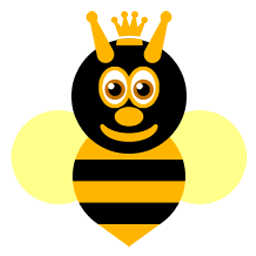Monday, June 13, 2011
Bokeh effect in child Portraits
Do you like this story?
“Bokeh” is a beautiful soft effect in which the background of a photograph becomes like circles of blurred, translucent light. As a professional photographer, my lifelong quest has been to consistently capture images of a child’s face in which everything in front of and behind the eye gradually falls out of focus and the background dances with bokeh effect. The key to this effect, which I like to call, “Bokeh Nirvana,” is in the use of three very basic settings.
The first setting is the aperture. Aperture is the bokeh magic-maker. The lower the aperture number (the wider the aperture), the more bokeh. When you lower the aperture number it becomes more difficult to achieve sharp focus on your single point, the eye. So, the child needs to be reasonably still. Having the child sit or lean against something works well. The child is not posing. You and the child are interacting and you are ready to capture a natural moment.
The second setting is shutter speed. Any number above 160 should be safe. ( the higher the number, the faster the camera takes the picture and the blurring of motion is minimized.) The final setting is the ISO. Set ISO at 200 initially.
"BOKEH NIRVANA" STEP
- Set the ISO to 200
- Set the aperture number to 2.8 or lower
- Set the shutter speed number to 160
Look through the viewfinder and find the single point autofocus point. It looks like a dot or a tiny box. Point your camera at your subject and place that dot on the iris of the eye that is closest to the camera. Press and hold the shutter button half way down and the camera will automatically focus on the iris. With the shutter still held half way down, recompose the picture if needed, and then press the shutter button all the way down to take the photograph.
Now look at the photo in the display screen. Is the child’s face too dark? Raise only the ISO number, take another photograph and recheck the face. Repeat this step until you have the correct lighting (exposure). Is the child’s face too bright? Raise only the shutter speed number (read How to reducing Camera Shutter lag), take another photograph and recheck the face. Repeat this step until you have the correct lighting (read backlighting in Photography Simple way) .
Finally, it is important to practice. With practice, your camera will become an extension of yourself. The images you take will capture the child’s unique personality and become a priceless treasure. Welcome to Bokeh Nirvana.
Related article How to choose camera panning photography
by Ellie Graham is a professional photographer and educator who specializes in family portraiture.
Subscribe to:
Post Comments (Atom)







0 Responses to “Bokeh effect in child Portraits”
Post a Comment